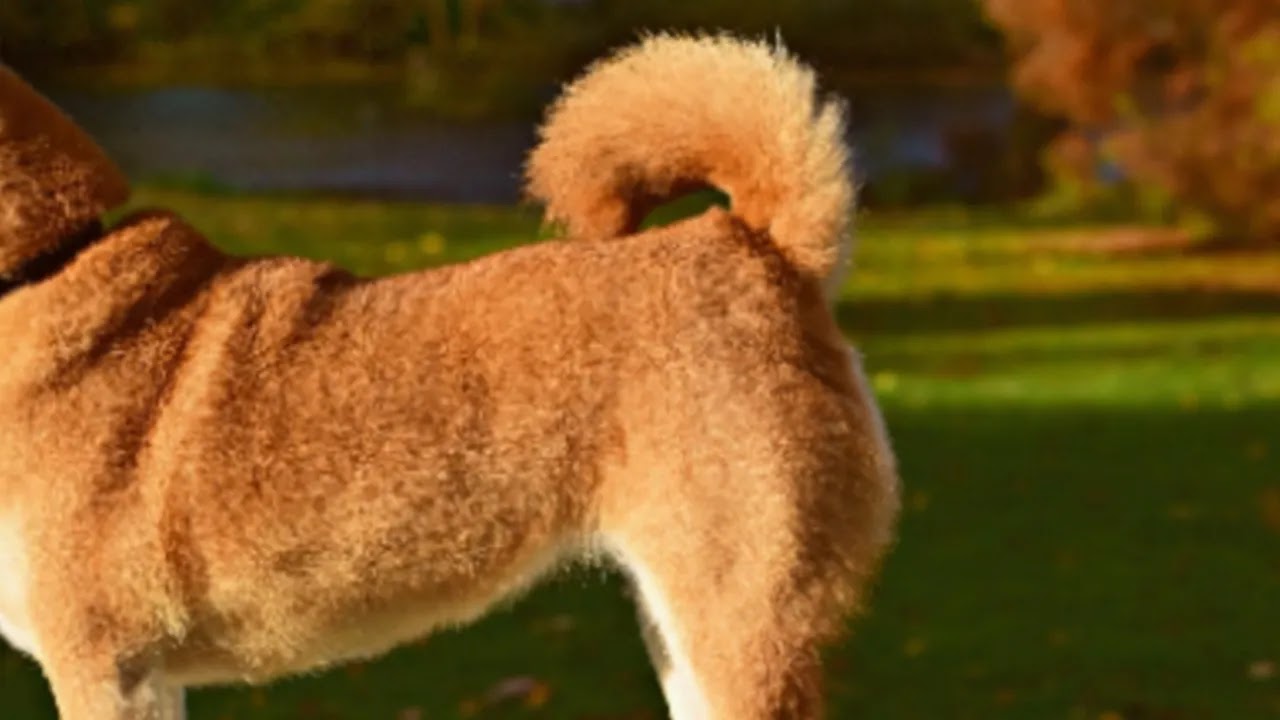introduction
Hair loss in dogs is a common problem that can affect various parts of their body, including their tail. There are several causes of hair loss from a dog's tail, ranging from allergies and infections to hormonal imbalances and cancer. Identifying the underlying cause of hair loss is essential to providing appropriate treatment and preventing further complications.
table about Losing Tail Hair in dog
| Cause | Information |
|---|---|
| Allergies | Dogs can be allergic to a variety of things, including food, flea bites, or environmental factors. Allergies can cause itching and hair loss. |
| Flea infestation | Fleas can cause severe itching and hair loss, particularly at the base of the tail. |
| Mite infestation | Mites can cause mange, a condition characterized by hair loss, itching, and skin irritation. |
| Infections | Bacterial or fungal infections can cause hair loss and skin irritation. |
| Trauma | Tail injuries, such as bites or lacerations, can result in hair loss. |
| Hypothyroidism | This condition occurs when a dog's thyroid gland does not produce enough hormones, which can lead to hair loss and other symptoms. |
| Cushing's disease | Cushing's disease is caused by overproduction of the hormone cortisol, which can cause hair loss and other symptoms. |
| Hormonal imbalances | Other hormonal imbalances, such as estrogen or testosterone imbalances, can cause hair loss. |
| Anal gland problems | Problems with a dog's anal glands can cause them to lick or bite their tail excessively, leading to hair loss. |
| Behavioral issues | Dogs may excessively groom or bite their tails due to stress or anxiety, leading to hair loss. |
| Cancer | In rare cases, tumors or other cancers can cause hair loss on a dog's tail. |
allergies
One of the most common causes of hair loss from a dog's tail is allergies. Dogs can be allergic to a range of things, including food, flea bites, or environmental factors. Allergies can cause itching and hair loss, particularly at the base of the tail.
Flea infestation
Flea infestation is another common cause of hair loss, with fleas causing severe itching and hair loss, particularly at the base of the tail.
Mite infestation
Mite infestation can also lead to hair loss and skin irritation, with mange being a common condition caused by mites.
Infections
Infections are another possible cause of hair loss, with bacterial or fungal infections causing hair loss and skin irritation.
Trauma
Trauma, such as tail injuries from bites or lacerations, can also lead to hair loss.
Hormonal imbalances
Hormonal imbalances, such as hypothyroidism or Cushing's disease, can cause hair loss as well. Hypothyroidism occurs when a dog's thyroid gland does not produce enough hormones, while Cushing's disease is caused by overproduction of the hormone cortisol.
Anal gland problems
Anal gland problems can also cause hair loss from a dog's tail. Problems with a dog's anal glands can cause them to lick or bite their tail excessively, leading to hair loss. Behavioral issues, such as stress or anxiety, can also cause dogs to excessively groom or bite their tails, leading to hair loss. In rare cases, tumors or other cancers can cause hair loss on a dog's tail.
conclusion
there are several possible causes of hair loss from a dog's tail, ranging from allergies and infections to hormonal imbalances and cancer. Identifying the underlying cause of hair loss is essential to providing appropriate treatment and preventing further complications. If you notice hair loss or other skin or tail problems in your dog, it is important to consult with a veterinarian for a proper diagnosis and treatment plan.
References
- Hnilica, K. A., & Patterson, A. P. (2017). Small Animal Dermatology: A Color Atlas and Therapeutic Guide (4th ed.). Elsevier.
- Olivry, T., & Mueller, R. S. (Eds.). (2017). Advances in Veterinary Dermatology, Volume 8. John Wiley & Sons.
- Scott, D. W., Miller, W. H., & Griffin, C. E. (2012). Muller and Kirk's Small Animal Dermatology (7th ed.). Elsevier.


